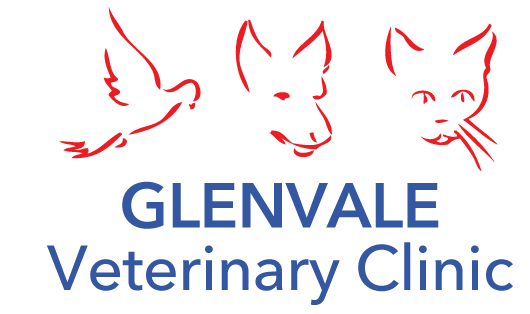
Heartworm
The prevention of heartworm disease is one of the most important things that you must do for your pet. Heartworm is the most dangerous of all the worms, and an intestinal ‘all wormer’ tablet does not prevent heartworm infection.
Mosquitoes spread heartworm and wherever there are mosquitoes; there is the risk of heartworm. When the mosquito feeds on your pet's blood, larvae enter the blood stream. These larvae mature into worms that can reach up to an astounding 30 cm in length. The worms eventually become lodged in your pet's heart (see picture above) leading to heart failure and death.
This disease is definitely a case of prevention is better than cure. Getting your dog started on the right heartworm medication can be confusing, especially with so many choices on the market. There are oral treatments, liquids to go on the back of the neck and a once a year injection for dogs. We recommend the once yearly heartworm injection, but please feel free to ask what the best treatment for your pet is.
Cool Cat Facts!
- A cat uses its whiskers as feelers for navigation and to determine the width of an opening before squeezing through
- Scientists have discovered that a cat can be either right-pawed or left-pawed
- Cats sleep on average 13-14 hours per day
- A cat can jump up to seven times its height
- The cat's clavicle, or collarbone, does not connect with other bones but is buried in the muscles of the shoulder region. This lack of a functioning collarbone allows them to fit through any opening the size of their head

Green thumbs and safe paws!

Green thumbs and safe paws!
With the buds blooming and the sun sparkling it is a good time to get out in the garden. Your pet may wish to help you out but remember there are many hidden dangers:
Snail and Slug Bait: On the garden or in the box, these are very attractive to pets. Ingestion of small quantities can be rapidly fatal. Products that claim they are pet safe are bitter and only act as a deterrent. Some pets will still eat these highly toxic baits so consider if these baits are necessary in your garden.
Fertiliser: Pets love the smell and taste of some fertilisers and if eaten, these can prove rapidly toxic or even fatal.
Compost: The garden compost heap is very attractive to your pet but the contents contain bacteria, moulds and toxins all of which can make your pet very sick.
Rat and mouse baits: These are very toxic and unfortunately very attractive to pets. Ingestion causes internal bleeding and your pet can become unwell before you are even aware.
Insecticides and weed killers: These are toxic to pets and should be safely stored and locked up.
Avoid poisonous plants such as rhododendrons and azaleas, daffodil bulbs and daphne. Lilies, if ingested are poisonous to cats so it is best to avoid these too.

Myxomatosis in Domestic Rabbits
Myxomatosis is caused by the myxoma virus, a poxvirus spread between rabbits by close contact and biting insects such as fleas and mosquitoes. The virus causes swelling and discharge from the eyes, nose and anogenital region of infected rabbits.
Myxomatosis was introduced to Australia in 1950 to reduce pest rabbit numbers. The virus initially reduced the wild rabbit population by 95% but since then resistance to the virus has increased and less deadly strains of the virus have emerged.
Pet rabbits do not possess any resistance to myxomatosis and mortality rates are between 96-100%.
Several years ago scientists identified vaccines that might be suitable for the use in Australia; however, these vaccines have not been developed beyond the experimental stage. As testing is required to safeguard human and animal health and the environment against potential risks, the development of vaccines is a long and complex process. Only vaccine manufactures can decide whether it is commercially viable for them to engage in this process to develop a vaccine.
Since there is no vaccines against myxomatosis registered for use in Australia, means other than vaccines must be taken to protect domestic rabbits. Rabbits should be protected from exposure to mosquitoes and fleas by keeping them indoors as much as possible and by the use of mosquito-proof hutches, flea control products such as powders or sprays and insectocutors or zappers outside the hutch.
Also, new rabbits introduced into a collection should be kept isolated from the resident rabbits for two weeks and treated for fleas.
Appropriate Rabbit Diet:
- A domestic rabbit’s diet should consist of 80% fresh grass & grass hay.
- Fresh leafy green vegetables.
- Treats such as carrots, fruits, sweet potatoes, capsicum and other non-leafy veggies should be limited to small portions (1 tablespoon) daily.
- Supply of fresh water daily.
- Pet rabbits do not require pellets or rabbit mixes in their diet.
- If pellets are used, feed them sparingly eg.: 1-2 tablespoons per day. Choose a pellet that contains high fibre and low protein.
- Rabbits should not be fed cereals, grains, grain mixes, seeds, oats, nuts, biscuits, sweets, sugars or chocolate.
- Provide your rabbit with toys to play with, cardboard boxes with holes cut in them for your rabbit to explore and jump onto. If your rabbit is caged during the day you should allow them at least 2 hours of daily exercise outside the hutch when you get home. Playing with your rabbit is important and the more time spent with them the better.
Address
236 Springvale Road
Glen Waverley VIC 3150
(Opp. the Glen Shopping Centre)
Navigation
Clinic hours
Monday to Friday 7:00am - 8:00pm
Saturday 7:00am - 1:00pm
Sunday and public holidays 10:00am - 12:00pm (Emergencies Only)
Standard consultation fees apply during clinic hours







